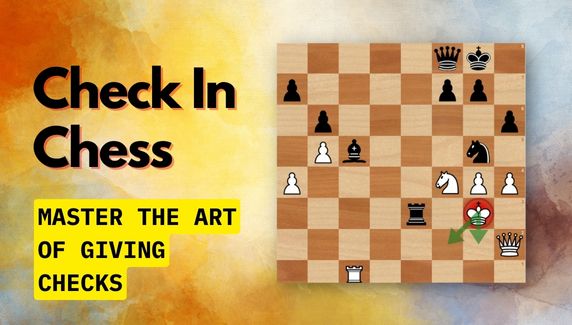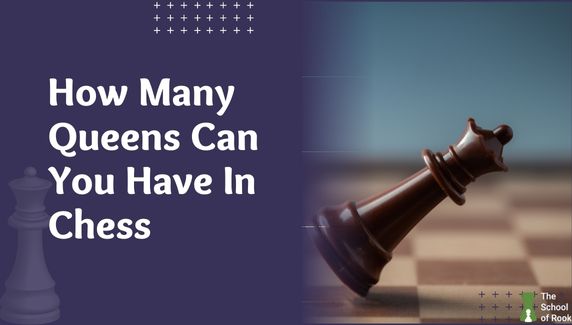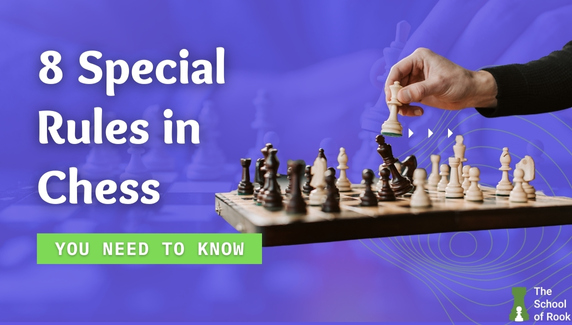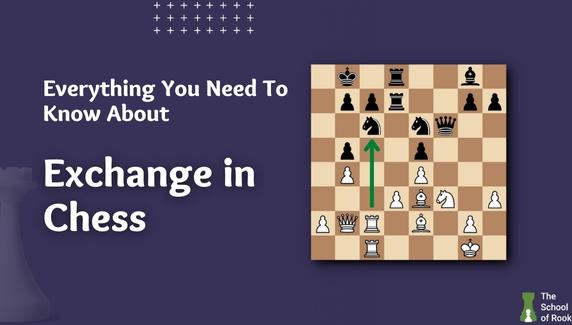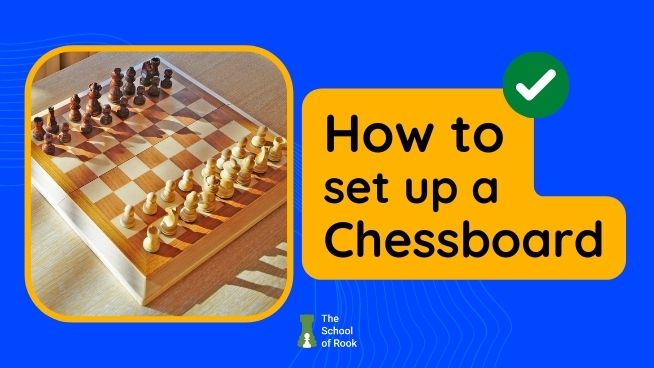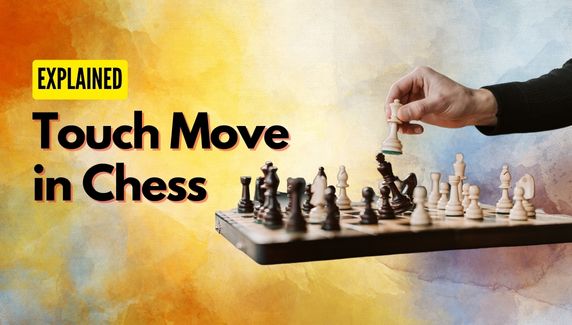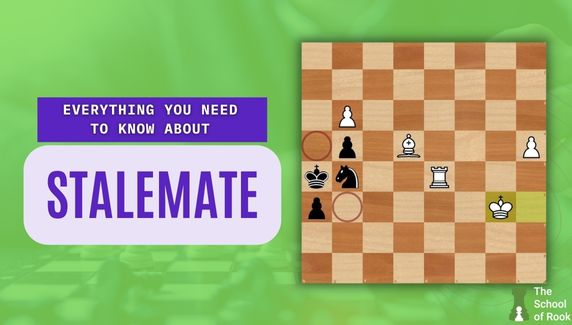
Stalemate in chess occurs when a player isn’t able to move and forces a draw.
Since you receive only half a point instead of one, you should avoid a stalemate whenever possible. But if you’re losing a game, you should “stalemate” yourself to win half a point.
Confused? Read on to know what a stalemate is, how to avoid it if you’re winning a game, and use it to draw if you’re losing a game.
What is a stalemate?
Stalemate is a type of a draw in chess when the player whose turn it is to play can’t make any legal moves, and its king is not under a check.
Neither of the players wins, and the game ends in a draw. You’ll most likely see this event occur in endgames where a handful of pieces are left on board.
Here’s an example of stalemate:
White plays Qg6 and it’s now black’s turn to play. The black king has no square to move where it can’t be under a threat or check.
In other words, if the black king moves anywhere on “h” or “g” files, it will be under a check. Giving yourself a check is illegal in chess.
This position results in a stalemate, and the players are awarded half a point each. White should have easily converted into a win by playing Qh2# but had to settle for a draw here.
On the other hand, the stalemate benefited black since it had no piece remaining on the board to checkmate white.
Stalemate examples
You’ll often find stalemate occur in pawn endings. Let’s look at the following example:
White plays Kd6 to protect its last remaining pawn. However, the black king at f8 has no legal square to move, resulting in a stalemate.
Let’s look at another example:
Instead of moving the king closer to the black king for checkmate, the white commits a blunder by playing Qf7.
The cornered black king is not under a check and can’t make any moves. The game ends in a draw.
White turned an entirely winnable position into a draw.
Stalemate as a defense tool
Stalemate can also be used as a defense tool when you’re losing a game. After all, it’s better to win a half point than win none at all.
In the following example, black is in a losing position as white has two pawns that are close to promotion.
Black plays a brilliant move here to stalemate itself. Can you guess?
Click Hint in the image if you need a little help. Select Stalemate or the enlarge icon to find the answer.
Congrats if you got the answer! And it’s okay if you couldn’t figure out the move as it’s an advanced concept to understand.
Let’s look at another example:
Black is two pawns down and white’s g7 pawn will be promoted to a queen in the next move. All in all, black is in pretty bad shape here.
However, black plays a brilliant move that results in a draw. Can you guess?
Stalemate in chess grandmaster games
Even chess grandmasters aren’t immune to stalemates. Sometimes under time pressure, players make mistakes that result in a stalemate.
Let’s look at a game played between two chess grandmasters, Anthony Miles and Stuart Rachels, that resulted in a stalemate:
It is black to play and “stalemate” itself.
Try to evaluate the position to note down your observations. Here’s my analysis:
- Once the white king captures a5 pawn, its a4 pawn has a clear path for promotion.
- None of the black pieces other than the rook can move. So to “stalemate” itself, black needs to get rid of its rook and not place itself under a check.
All black needs to do is give a check with the help of its rook by playing Rb2+. White has no option but to accept the draw by killing the rook.
Alternatively, it can waste time by receiving continual checks, which would anyway end up in a draw.
What is the difference between a stalemate and a checkmate?
The primary difference between a stalemate and a checkmate is their game results. A stalemate ends in a draw, and the players get half a point each.
Checkmate, on the other hand, results in a win. So the player who checkmates their opponent gets one point while the player who loses the game receives no points.
Another difference between a stalemate and a checkmate is that the king is under a check in checkmate, while in a stalemate, it’s not.
If the king is under a check and has no place to escape it, it’s a checkmate. Stalemate is when the player whose turn it is to play has no legal moves to make, and its king is not under a check.
What is the difference between a stalemate and a draw?
A draw is the result of the game, which can be due to a stalemate or other types of events such as
- threefold repetition,
- 50 move draw rule,
- dead position,
- or mutual agreement.
A stalemate is an event in chess that results in a draw. It occurs when the player to move has no legal moves to make and is not under a check.
You can say a stalemate is a forced draw.
How to avoid a stalemate?
Follow these simple tips to avoid a stalemate:
- When in doubt, give your opponent room to move.
You’ll often see stalemate occur in endgames when your opponent’s king is cornered.
So leave at least two squares for the opponent’s king to move and not bring your major piece too close to the king to prevent a stalemate.
- You need (at least) two pieces to checkmate.
You can’t checkmate using a single piece. You’ll need to use another piece to support the piece you intend on using for a checkmate.
Example pairings include king and queen, queen and bishop, king and rook, queen and rook, etc.
- Your ultimate goal is to checkmate your opponent.
Avoid expending your energy and valuable time by going after your opponent’s smaller pieces without a plan.
Related Post
Stalemate puzzles
Puzzle #1
Find a move with which black secures a draw through a stalemate.
Puzzle #2
Black to play and “stalemate” itself in 2 moves. Best of luck!

